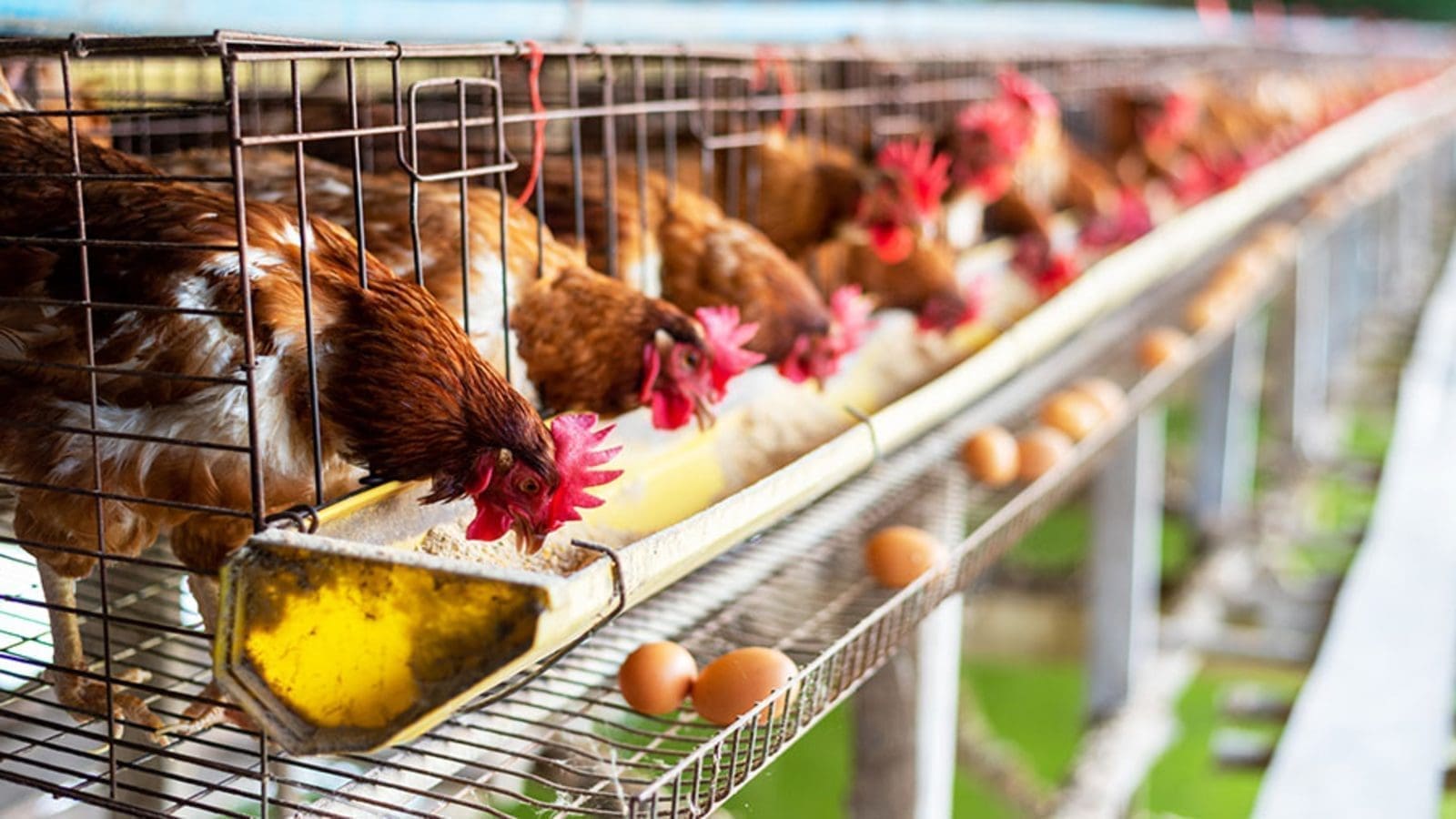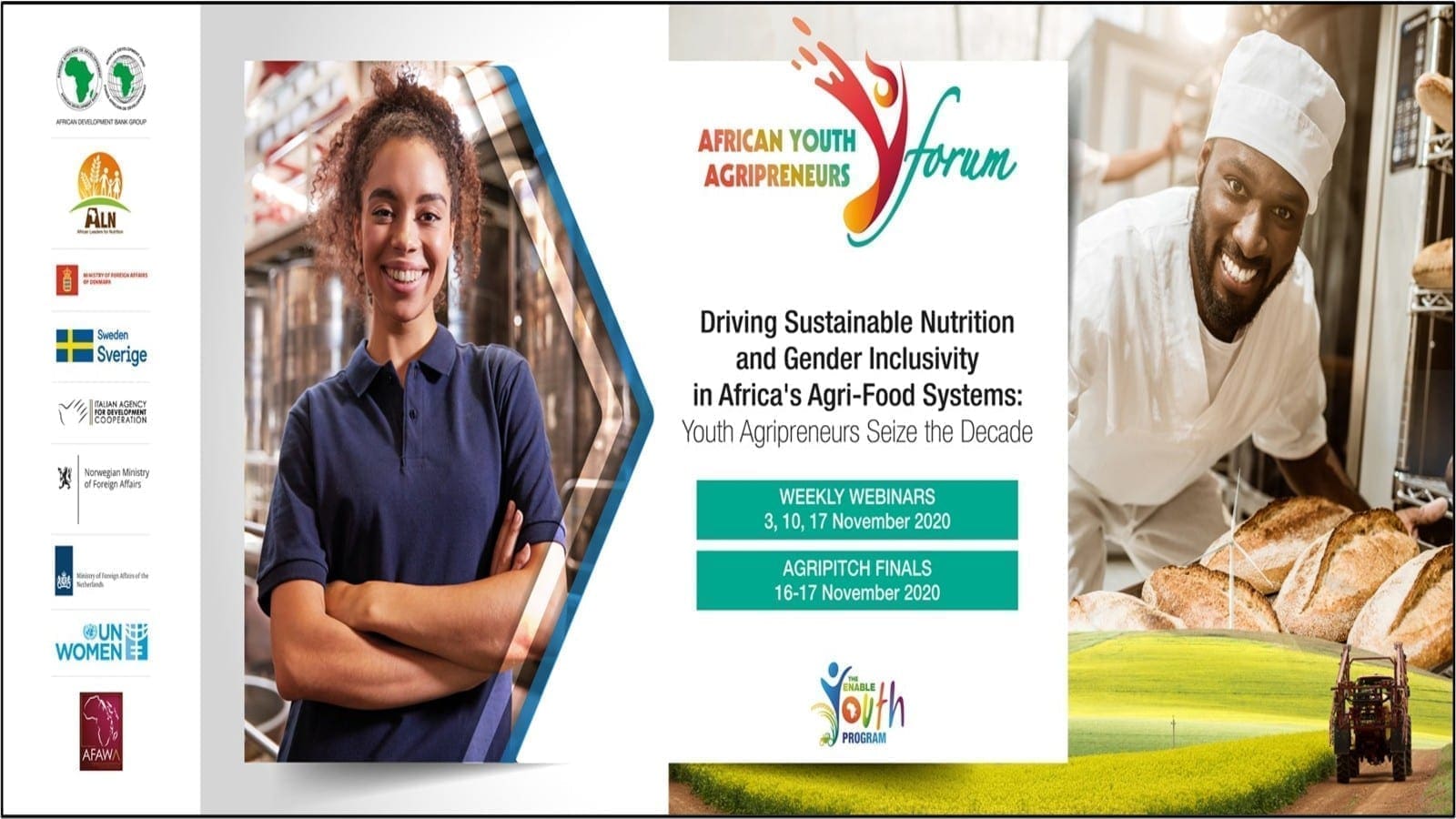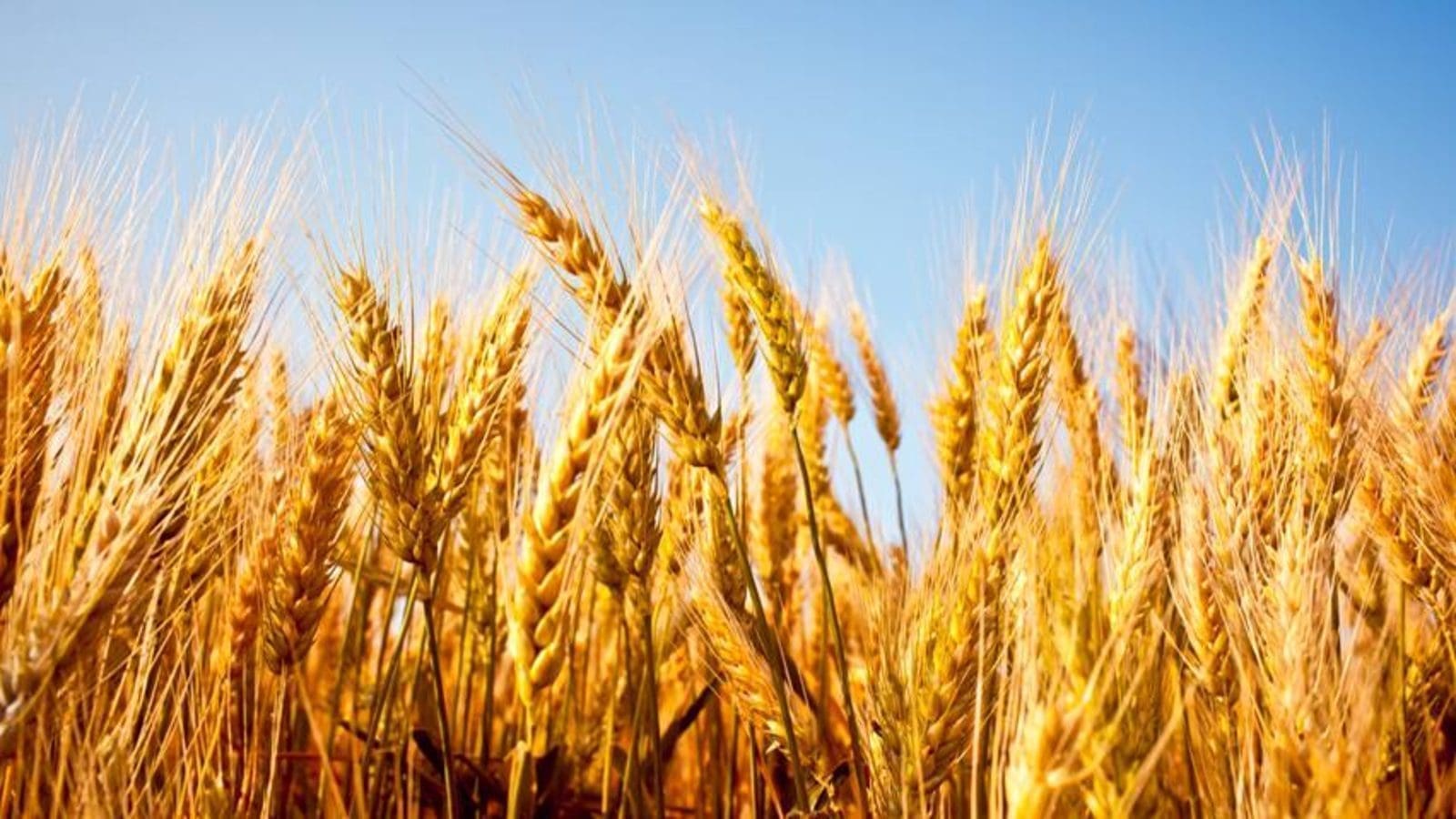SOUTH AFRICA – The South African poultry sector has seen a 15% increase in its slaughtering capacity from 19.5 million broilers per month to 22.5 million broilers over the last three years, despite significant global and local challenges.
According to the South African Poultry Association, SAPA, the industry was also able to grow from ZAR56 billion (US$3.09B) to ZAR 59 billion (US$3.25B) per year, over the same period.
Izaak Breitenbach, the CEO and general manager of the broiler division of SAPA, said that the sector’s growth had stagnated for about a decade before the signing of the Poultry Sector Masterplan in 2019.
He attributed the recent increase in growth mainly to the investments made in the sector.
“The master plan had called for an investment of ZAR1.5 billion (US$82.6M) to be concluded by 2022. However, South Africa’s poultry industry has already invested ZAR1.8 billion (US$99.2M) with an additional ZAR600 million (US$33.1M) earmarked to be invested by the end of 2024.”
While the association expresses its confidence in the sector’s long-term outlook, certain obstacles threaten the short-to-medium-term sustainability of the sector.
HPAI impact on the sector
According to Izaak Breitenbach, South Africa had to cull over 3 million birds in 2022 on account of the Highly pathogenic avian influenza (HPAI).
HPAI has led to a decline in poultry production across the globe as well with the US having culled about 58 million birds and the European Union a combined 50 million birds across all its 37 countries in 2022.
Most recently, Argentina also had to suspend its poultry exports to other countries after the confirmation of its first HPAI outbreak.
“HPAI has a devastating effect on any country’s export and therefore the local poultry industry is waiting with bated breath to see what the impact of Argentina’s suspended exports to South Africa will be,” said Breitenbach.
At the World Poultry Congress held in Paris last year, stakeholders reached a consensus that producing countries around the globe need to vaccinate their poultry against HPAI.
With support from the South African Veterinary Association, the country agreed to explore the idea of moving towards a vaccination policy to mitigate HPAI outbreaks, as opposed to the previously employed culling policy.
Effects of persistent load shedding
On a more local front, the country’s persistent energy crisis has reportedly directly increased the average production costs with the average input price increasing by 75c/kg over the last few months.
Severe power outages are forcing most factories in the industry to pause the usual 24/7 operations for as long as half a day a time.
Breitenbach estimates that load shedding has led to the industry reducing production by about 13 million chickens. He revealed that multiple smaller producers are already going out of business.
New markets on the horizon
SAPA recently announced that it is preparing an application for export accreditation in the EU and Saudi Arabian markets to secure the industry’s future competitiveness.
The country intends to start exporting poultry to Saudi Arabia and the EU with Izaak saying that South Africa does not need to increase its chicken production to fulfil the needs of these two markets as it already has a sufficient supply capacity.
“The South African poultry industry is in a strange place at the moment. It is growing, but suffering. Expanding capacity, but losing money and successful, but with an uncertain future. Its resilience is remarkable,” he said.
For all the latest food industry news from Africa and the World, subscribe to our NEWSLETTER, follow us on Twitter and LinkedIn, like us on Facebook and subscribe to our YouTube channel.










